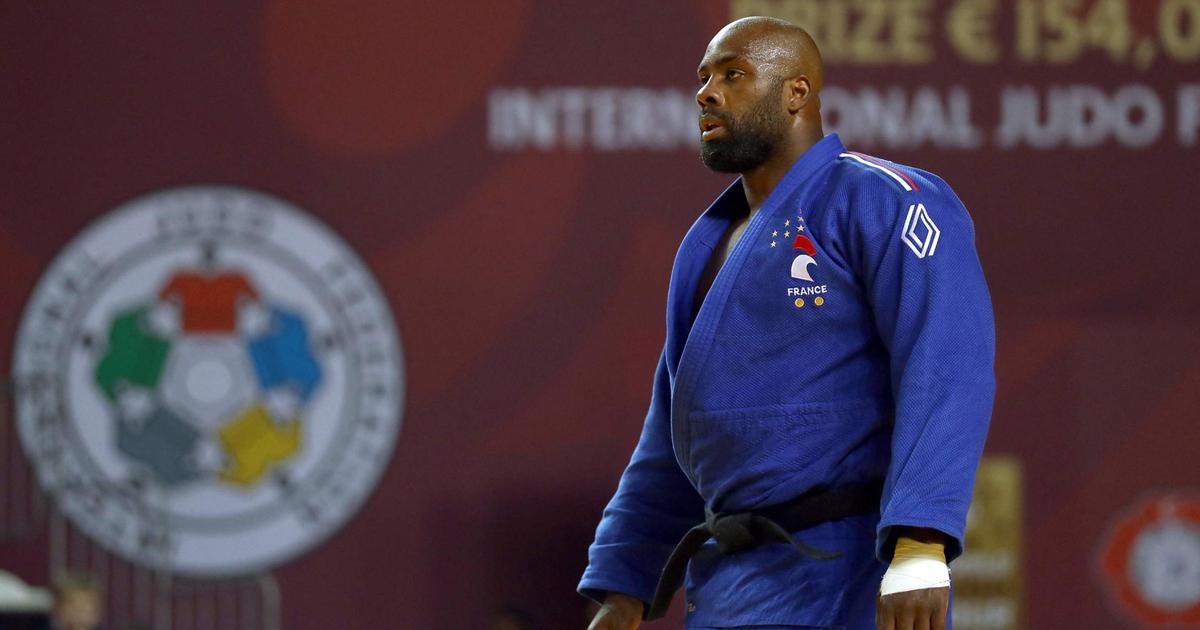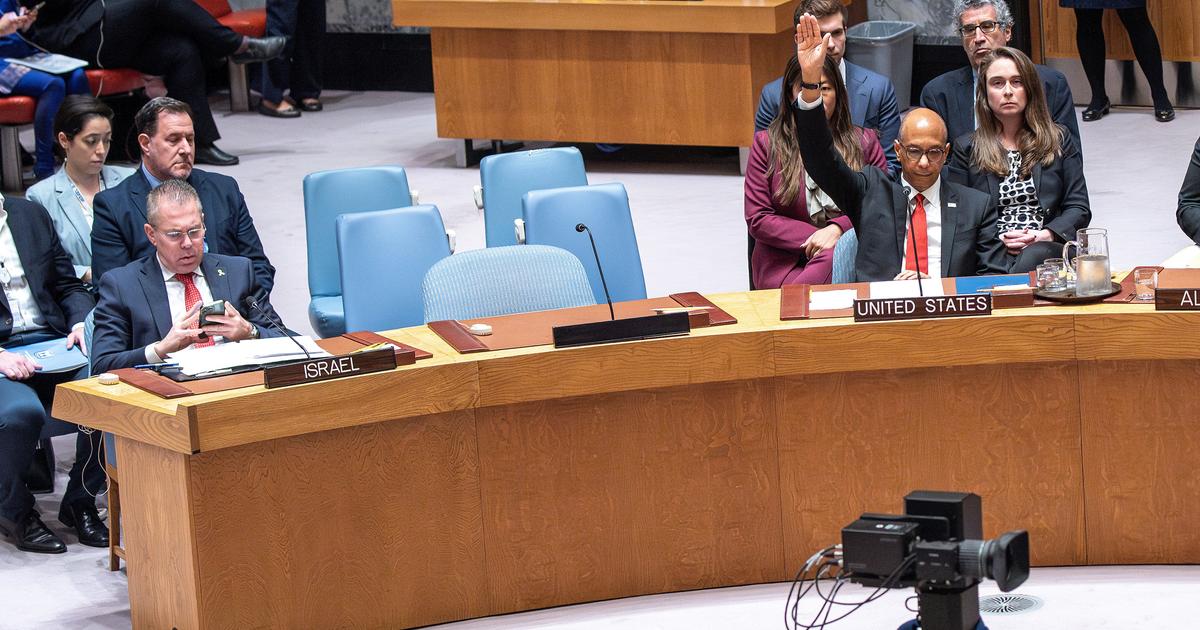Sunday between 4:00 p.m. and 7:00 p.m., the anthology final won on penalties by Argentina (3-3, 4 pens to 2) was watched by 24.08 million people on TF1.
It is a "historic audience record" for French television, "all programs and channels combined", welcomed the channel on Monday.
This means that there had never been so many people to watch an event on the same channel in the history of French TV.
With an audience share of 81%, more than 8 out of 10 viewers watching television at that time were watching TF1.
The audience even reached a peak of 29.4 million viewers for the penalty shootout, according to the channel.
However, these figures should be put into perspective since Médiamétrie has extended the measurement of “out-of-home” audiences since 2020.
Bars
This category, which already counted viewers watching a program with friends or on screens connected to the internet outside their homes, now also takes into account the audience in bars, hotels, etc. This was not the case for previous FIFA World Cups.
According to Médiamétrie, all of the "out of home" represented Sunday 6 million viewers, or 24% of the total audience for the final, broadcast free of charge on TF1 and paid for by beIN Sports.
The previous record dates back to the semi-final of the 2006 World Cup Portugal-France, with 22.2 million viewers on TF1.
But this did not take into account all of the "outside the home" (starting with bars).
"Away from home" or not, the audience for the final remains impressive.
Especially since "the audiovisual landscape has nothing to do with what it was in 2006," says analyst Philippe Bailly, from the NPA Conseil firm.
"At the time, DTT had just started: for three quarters of the French, the audiovisual offer was limited to the 5 historical channels", he continues.
Conversely, in 2022, "those who do not like football had a thousand other ways to watch a program if they wanted to watch TV: this enhances the performance even more" of this final, argues this expert.
In addition to the final, TF1 chained audience performances during this competition in Qatar, despite calls for a boycott.
According to the channel, the 28 matches it broadcast attracted an average of 8.7 million viewers each.
The eight matches of the Blues were watched on average by 16.2 million viewers each (20.69 million for the 2-0 victory against Morocco 2-0 in the semi-finals).
"There was no boycott effect," comments Mr. Bailly.
"Rarity Effect"
In addition, the fact that this World Cup exceptionally took place in winter "rather boosted audiences" since the temperatures encouraged viewers to stay at home, he adds.
More broadly, these good audiences are rich in lessons at a time when we wonder about the future of TV in the face of on-demand platforms, judges the analyst.
"There remains at least one universe where television touches its audience: it's all that is lived live, which is of the order of the event", according to Mr. Bailly.
In the case of a World Cup, TV audiences also benefit from the "scarcity effect", since this competition only takes place every 4 years.
According to Philippe Bailly, this argument pleads against the creation of new competitions and against the sometimes mentioned shortening of the time between two World Cups.
"Scarcity is a value," he argues.
"To dilute it to try to maximize the volume of pocketed rights in the short term is to take the risk of devaluing the whole discipline in the long term".
© 2022 AFP















